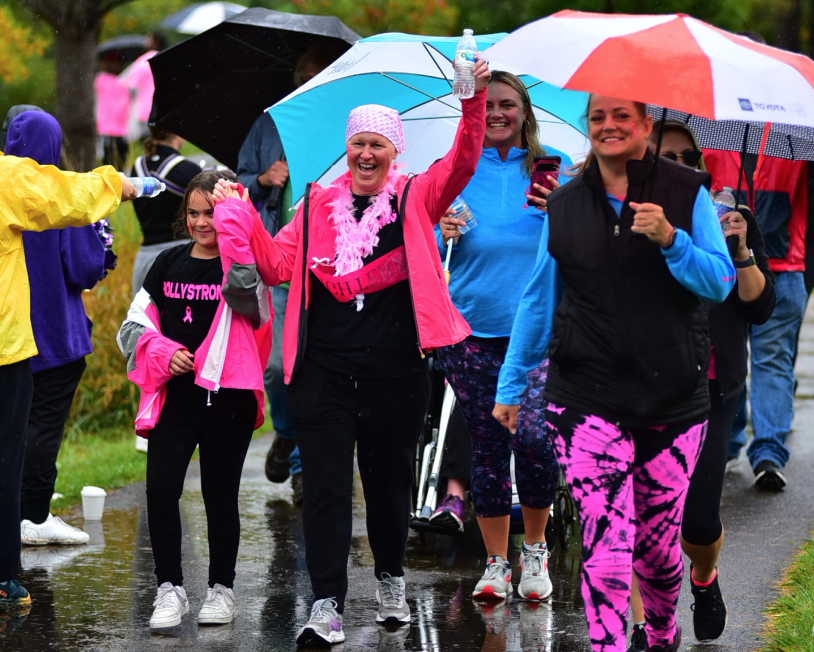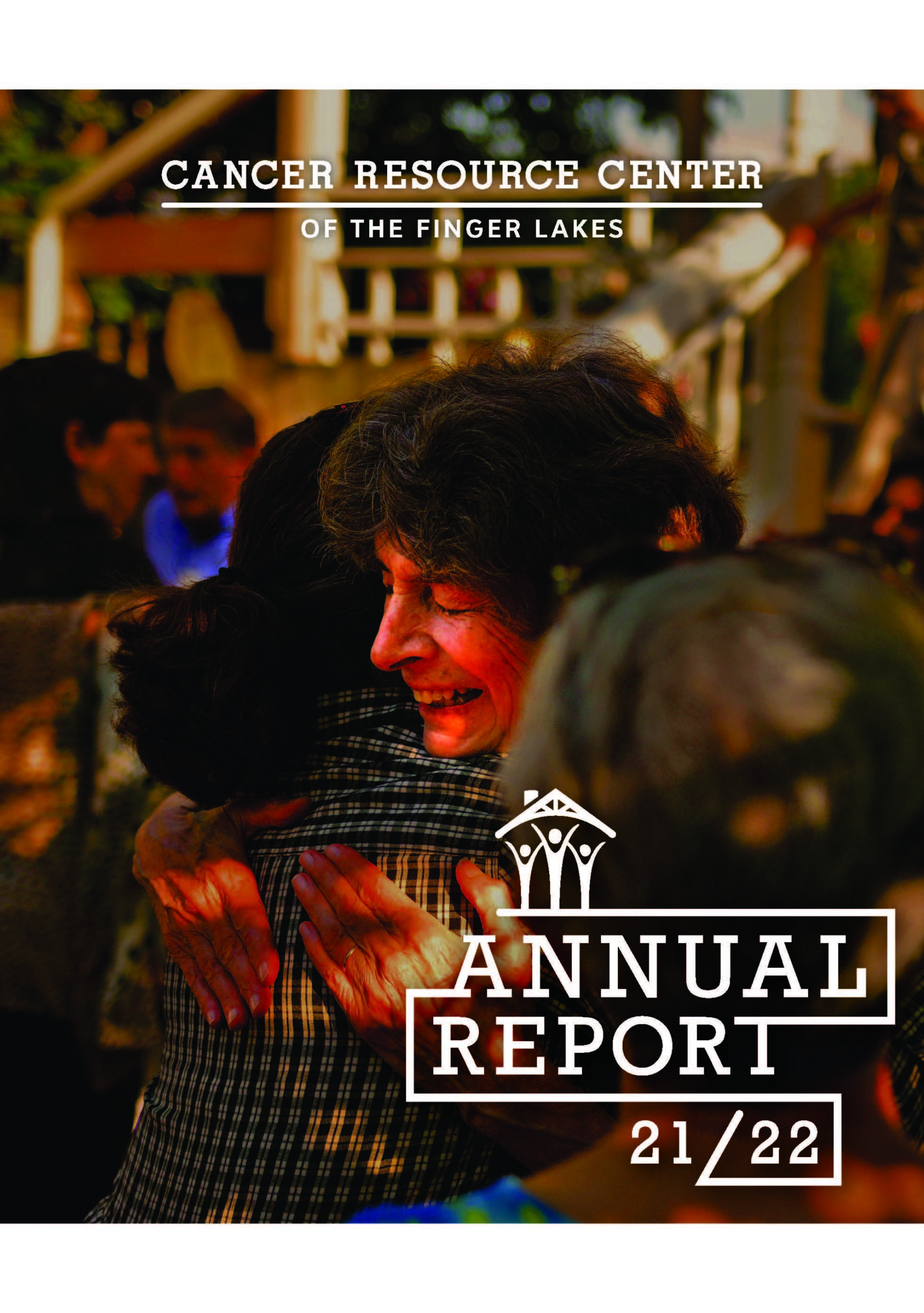Until recently, people have undergone cancer treatment with the goal of ridding the body of cancer. Sometimes the treatment worked and the cancer went away, either temporarily (a remission) or permanently (a cure). If the treatment did not work, the cancer generally got worse and the person died. Success or failure.
Today, a new category of cancer care is emerging: the management of cancer as a chronic disease. Some cancers aren’t curable, but they’re controllable, with a good quality of life, for years or even decades. Many advanced or metastatic cancers fall into this category. Just as many people live with diabetes or HIV/AIDS, many people are increasingly able to live with cancer.
Living with cancer as a chronic disease is made possible, in part, by the availability of new chemotherapy drugs. In the past, only one treatment may have been available for a particular type of cancer. If that stopped working (or never worked), there were no other tools to try. Today, when Treatment A stops working, the person might be switched to Treatment B, and later to Treatment C. (You might hear this referred to as first-line treatment, second-line treatment, and so forth).
I visit with people receiving chemotherapy almost every day. Most come for a period of three or four months, but a few come in for chemo week after week and month after month. You’d expect these “frequent fliers” to be really sick, but many look good and seem remarkably upbeat. (I’m always reminded of the television show Cheers. I half expect Norm to walk in and plop himself into a chemo chair as everyone calls out his name).
People are able to tolerate long-term chemo because many of the newest drugs have fewer side effects than traditional chemotherapy drugs, and the side effects from all types of chemo are now managed better than ever before. The awful nausea that accompanied chemotherapy a generation ago is now quite rare.
I also think that people in long-term treatment become quite adept at setting priorities and managing their time. There’s a rhythm to chemotherapy, and people know when they’ll feel good and when they won’t. The good times are reserved for what’s most important and/or what’s most enjoyable.
People in treatment also relish simply feeling good. When you’re healthy, you take feeling good for granted. When you’re sick, feeling good is a gift like the first day of spring.
Thinking of cancer as a chronic disease is new and progress in incremental. Some cancers have effective second- and third-line treatments available while others don’t. And, at some point, all cancers have the ability to mutate and become resistant to every tool in the oncologist’s toolbox. There is still plenty of uncertainty. But for many people with advanced cancers, a new era of treatment is emerging. The absence of a cure is not the absence of hope.
From the Ithaca Journal.
Click here to see all of Bob’s columns





